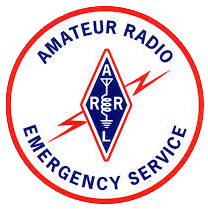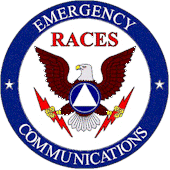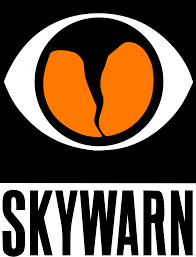Drone Carried Emergency Repeaters
- Details
- Published: 18 October 2018
 One of the challenges of EMCOMM is we are often deployed at locations where infrastructure may be damaged, and that could include any repeaters in the area. As our simplex efforts have shown, simplex communications is challenging to say the least. Portable repeaters are a potential solution, but in some situations there may not be a high spot to deploy it to, or there may not be power to that area, and it may not even be accessible by vehicle to power it off its alternator.
One of the challenges of EMCOMM is we are often deployed at locations where infrastructure may be damaged, and that could include any repeaters in the area. As our simplex efforts have shown, simplex communications is challenging to say the least. Portable repeaters are a potential solution, but in some situations there may not be a high spot to deploy it to, or there may not be power to that area, and it may not even be accessible by vehicle to power it off its alternator.
People have discussed the use of balloons, but in that case, in addition to the balloon, you need the helium or hydrogen and it presents challenges keeping it properly tethered, not to mention requiring a particularly large balloon to carry a repeater payload or tether an antenna coax from the ground, much less carrying enough power capability to operate the equipment.
Some are proposing that Drone Carried Emergency Repeaters are a possible solution.
Near Vertical Incidence Skywave (NVIS) Antennas
- Details
- Published: 25 October 2018
Why NVIS?
We as amateur radio operators are typically focusing our efforts on HF towards long distance communication, "DXing". You would think the same would be true for emergency communications as well, however in many instances what is needed is solid communications within the area of the emergency and the areas surrounding it. During an incident we will often need to communicate to different parts of the state and, perhaps, adjacent states to exchange information to the "outside world" until normal communications resumes.
So, that fantastic all-band fan dipole antenna you have 80 feet in the air, while great for talking to China from West Georgia, will quite possibly find it very difficult, if not impossible, to reliably communicate with Macon. Why? because HF DX communication relies on atmospheric skip, and your fantastic antenna is liable to be throwing your signal at an angle up towards the horizon, right over the heads of the people around you, only to bounce off the atmosphere and land in Asia or Europe or California. What is ordinarily a fantastic thing is actually proving to be a hindrance for emergency communications.
SKYWARN / Storm Spotting
- Details
- Published: 01 June 2017
Amateur radio and the National Weather Service have a unique and exciting relationship, where amateur radio operators with an interest in meteorology can combine those two interests and provide valuable public service.
The National Weather Service (NWS) sponsors a weather spotting program open to all interested citizens, but with special consideration for amateur radio operators. The NWS SKYWARN program is a multi-faceted program designed to train public safety personnel, amateur radio operators, and citizens at large in the basics of storm spotting and reporting.
Where things get really interesting for amateur radio operators is the NWS maintains amateur radio stations at their centers, usually working in conjunction with repeater owners who link repeaters together forming a wide-area linked repeater network for amateur radio operators to report real-time directly to the NWS!
In Georgia, the NWS Peachtree City office is the center of the action for amateur radio operators operate equipment that, in conjunction with the linked repeater network, can maintain contact with amateur radio operators / storm spotters all across the state.
Snow Spotter Program
- Details
- Published: 24 January 2019
Most amateur radio operators are familiar with the SKYWARN program, and reporting of severe weather conditions. We usually associate the SKYWARN program with reporting heavy rain, hail, and even tornadoes. But, the National Weather Service also runs an associated Snow Spotter program, gathering data to assist them in their mission to protect life and property, as well as developing better storm models.
Snow spotting, like conventional storm spotting, has specific conditions and information requirements. The NWS wants reports of:
- Change in precipitation type (rain to snow, snow to freezing rain, etc)
- Snow Accumulation of 1 inch or more
- Heavy Snowfall Rate (example: snowing at 1 inch per hour)
- Significant Blowing or Drifting snow
- If the snow, ice, or blowing snow is having a major impact on travel
- If what is occurring is not what is in the forecast
- Anything significant that you think we should know about
What is ARES?
- Details
- Published: 20 November 2015
ARES is an acronym for "Amateur Radio Emergency Service", an arm of the Amateur Radio Relay League (ARRL), composed of volunteer Amateur Radio operators interested in serving their communities, state, or nation in the event of an emergency. Although ARES is the creation of the ARRL, it is not required that you be an ARRL member to participate.
ARRL is recognized nationally as "THE" amateur radio communications organization. ARES has agreements with the Federal, State, and many local governments as well as Non-Governmental Organizations (NGOs) to provide assistance upon request.
While there are other ways to be involved in emergency communications through direct affiliation with NGOs like the Red Cross, the Salvation Army, or RACES (a government sponsored program), ARES has the broadest range of potential opportunities for service in the event of an emergency.






